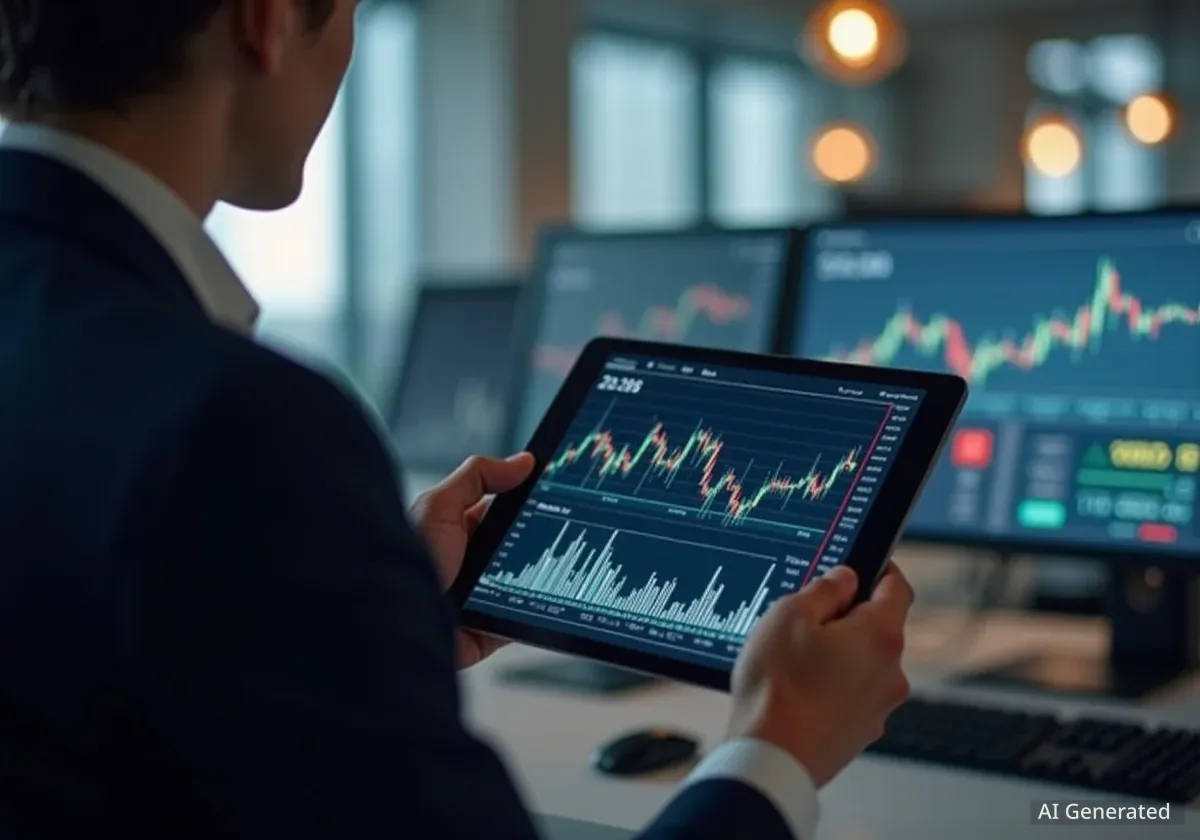OpenAI has introduced a new paid option for its text-to-video AI model, Sora, allowing users to purchase additional video generations beyond the daily free limit. The move signals a shift in the company's strategy for the powerful tool, citing the high costs associated with running the service.
The company confirmed the change, framing it as a necessary step to ensure the long-term viability of the platform. This development marks the first time users will be able to directly pay for increased access to Sora's capabilities.
Key Takeaways
- OpenAI has launched a paid tier for its Sora AI video generator.
- Users can now pay $4 for a bundle of 10 extra video generations.
- The current free offering of 30 generations per day will eventually be reduced.
- The company cited the "completely unsustainable" economics of the free model as the reason for the change.
The New Pay-to-Generate Model
OpenAI is transitioning its highly anticipated Sora video tool from a purely free-access model to a hybrid system. Under the new structure, users who exhaust their daily allowance of 30 free video generations can now purchase more.
The pricing has been set at $4 for a pack of 10 additional generations. This allows creators, artists, and enthusiasts who rely on the tool for more extensive projects to bypass the daily cap and continue their work without interruption.
The announcement was made by Bill Peebles, the head of Sora at OpenAI, who provided context for the decision. He explained that the computational resources required to generate high-quality video from text prompts are substantial, making a purely free service unfeasible in the long run.
"The current economics of Sora are completely unsustainable," Peebles stated in a public announcement, highlighting the financial pressures behind the new monetization strategy.
This move aligns Sora more closely with other generative AI services, such as OpenAI's own DALL-E for images, which often operate on a credit-based system where users pay for a certain number of creations.
Changes to the Free Tier
While introducing a paid option, OpenAI also signaled that the current free offering is not permanent. Peebles confirmed that the company plans to reduce the number of free daily generations available to all users in the future.
An exact date for this reduction has not been provided, but the announcement serves as a clear indication that the company is moving toward a more restricted free tier to encourage adoption of its paid plans. This strategy aims to balance broad accessibility with the need for a sustainable business model.
Sora's New Pricing Structure
- Free Tier: 30 generations per day (for now).
- Paid Add-on: $4 for 10 extra generations.
- Future Plans: The free daily limit of 30 generations is expected to be lowered.
This phased approach allows current users to become accustomed to the platform while gradually introducing the economic realities of operating such a powerful and resource-intensive AI model. For heavy users, the new paid structure is already a reality they must factor into their workflows.
The Economics of AI Video Generation
The decision to monetize Sora underscores a broader trend in the artificial intelligence industry. Developing and running state-of-the-art AI models, especially those that generate video, requires immense computational power, which translates to significant operational costs.
These costs stem from several factors:
- GPU Resources: Training and running large models like Sora depend on thousands of high-end GPUs (Graphics Processing Units), which are expensive to acquire and operate.
- Energy Consumption: Data centers housing these GPUs consume vast amounts of electricity, contributing heavily to operational expenses.
- Research & Development: Continuous investment is needed to improve the model's capabilities, fix flaws, and stay ahead of competitors.
By introducing a direct payment system, OpenAI is creating a revenue stream to offset these expenses and fund future development. The company is betting that the quality and utility of Sora are high enough that a significant portion of its user base will be willing to pay for expanded access.
Future Monetization Ideas
Beyond simply selling generation credits, OpenAI is exploring other potential revenue streams for Sora. Bill Peebles mentioned the possibility of allowing companies to pay for cameos of popular licensed characters in AI-generated videos. While still a speculative idea, it points to a future where AI content creation could become a complex marketplace involving intellectual property and brand partnerships.
This strategic shift from a free research preview to a commercial product is a critical step in OpenAI's plan to make its advanced AI tools financially self-sufficient. As the AI landscape matures, users can expect more services to adopt similar models that balance free access with premium, paid features.




